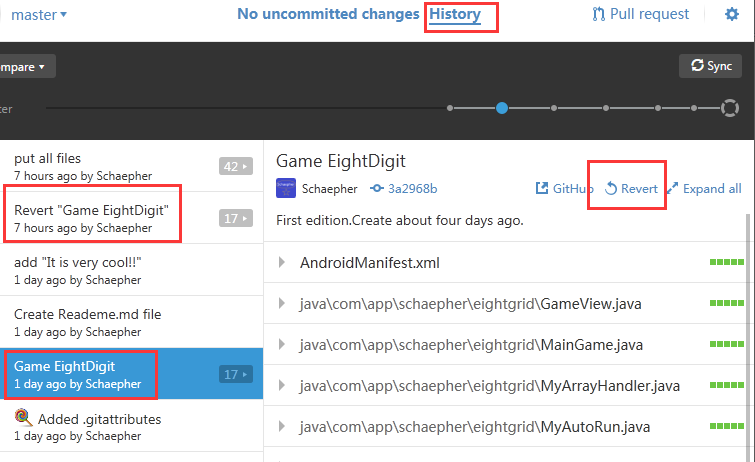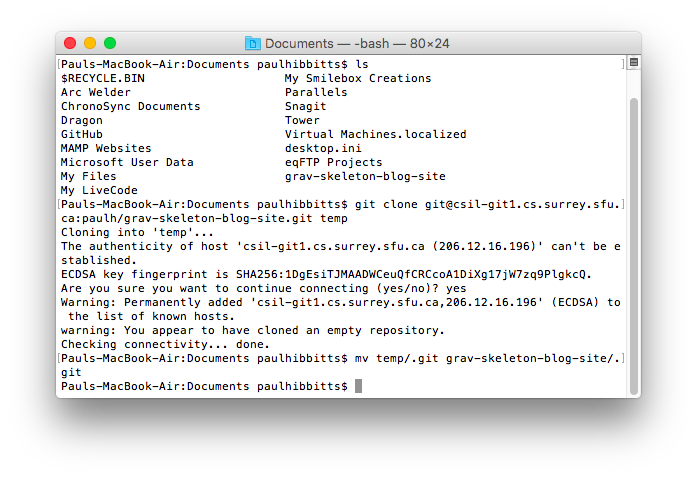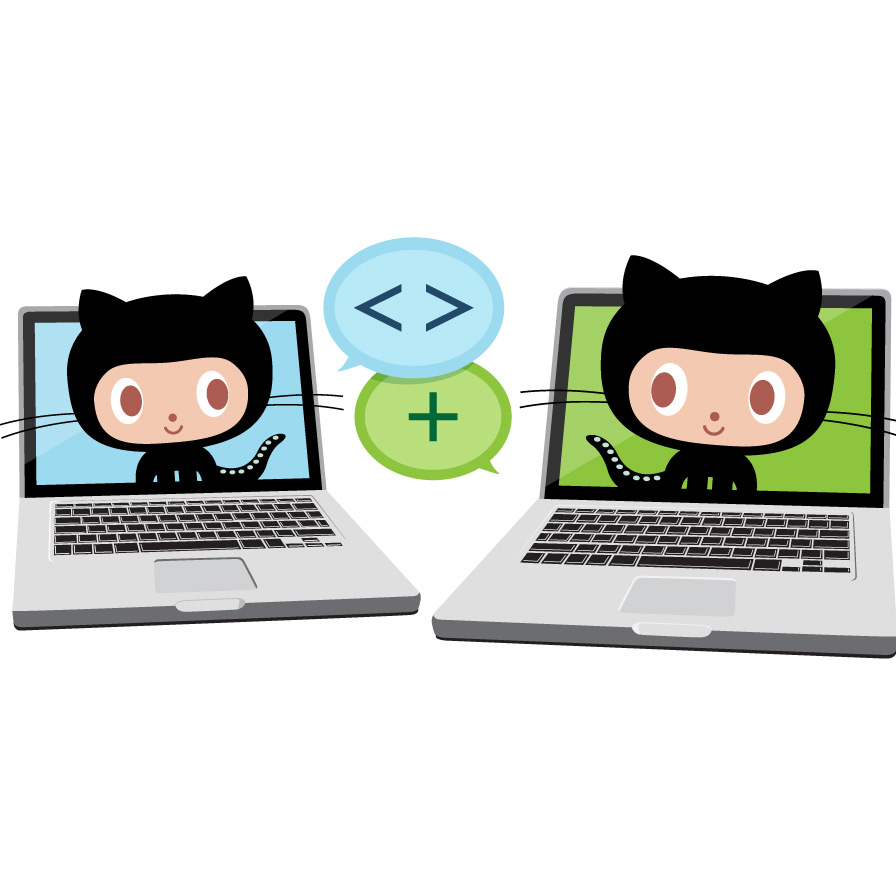


Unfortunately, you can’t directly do that. The docs for `revert` explain how that works here.Ī common workflow need after you revert a faulty merge is to continue working on the branch and re-merge it later.

That’s where the -m flag comes in - passing in a 1 points it to the branch that you had checked out when you began the merge (passing in a 2 would point to the branch that was merged in, which isn’t useful in our case). However, because a merge commit by nature has two parent commits (one from each branch you are merging together), you need to specify which parent is the “mainline” - the base branch you merged into. Normally, you can feed git revert the hash of the commit you want to undo, and Git will then look at that commit’s pointer to its parent commit to determine which changes to revert. This means that both the original commit and the new inverse commit will both be stored in history, preserving all of the data about what happened but leaving your branch in the state it was before you made the first commit.ĭue to the way merges work, you have to do a little extra work, though.
#Github desktop revert to previous commit series#
Git revert generates a series of changes that, when applied, produce the exact inverse of whatever commit you give to it, then creates a new commit with those changes. We can use this information to run the git revert command to restore your branch to the state that it was in previously. How does reverting a merge work?Īs it does with regular commits, Git creates merge commits with a commit hash representing the point in history where the other branch was merged in. happened on GitHub) you can push this commit like any other and you’ll be set to go. Once you have that, you can pass it to the git revert command to undo the merge:Īnd Bob’s your uncle! The git revert command will have generated a commit that restores your branch’s state to where it was before the faulty merge. In this case, `52bc98d` is our merge’s hash. Using these commands may seem confusing at first sight, but the more information you have about them, the better you will manage to work.The commit hash is the seven character string in the beginning of each line. So, whenever you need to undo changes in git repository, you can easily run the above-given commands. Overwriting files in the working directory.Not making changes to the commit history.Rolling back any changes of content to those of a particular commit.Moving the HEAD pointer to a particular commit or switching between different branches.Overwrite the files that are included in the working directory.So, it can add a brand new commit history, yet can’t modify the one that already exists. Generate a new commit by inverting a specific commit.It can adjust the commit history that already exists.

Changing which commit a branch HEAD is pointing at.It will discard commits or clear the changes that were not committed. Returning the overall working tree to the previous committed state.
#Github desktop revert to previous commit how to#
Let’s see how to use them without confusion. The most significant option they offer is undoing changes in the git repository.Īs the given-above commands are similar, one can easily get confused. Git reset, git revert and git checkout can be related to the most effective tools of Git. Git checkout ~ 1 - Resetting, Reverting and Checking out in Git


 0 kommentar(er)
0 kommentar(er)
